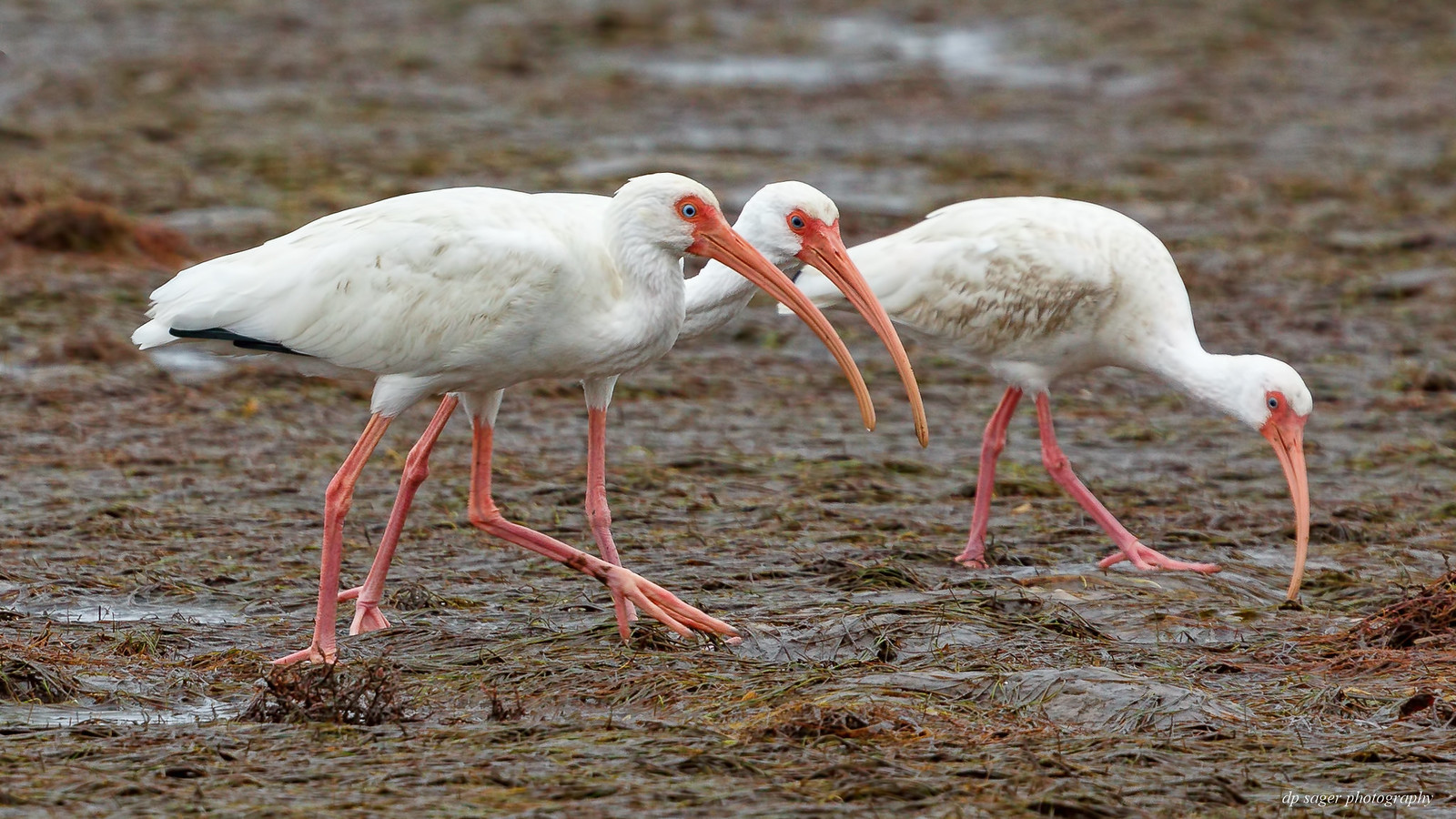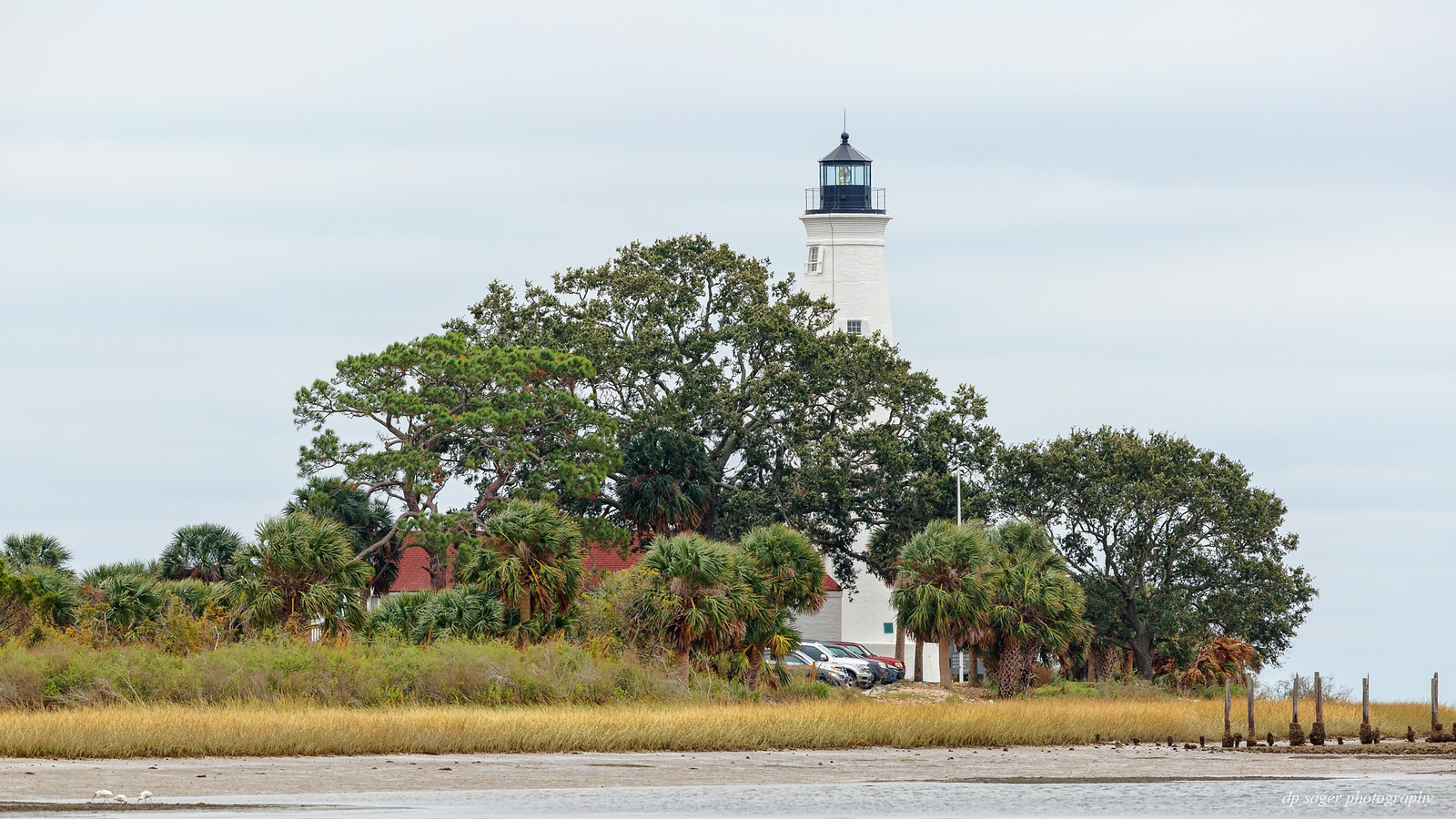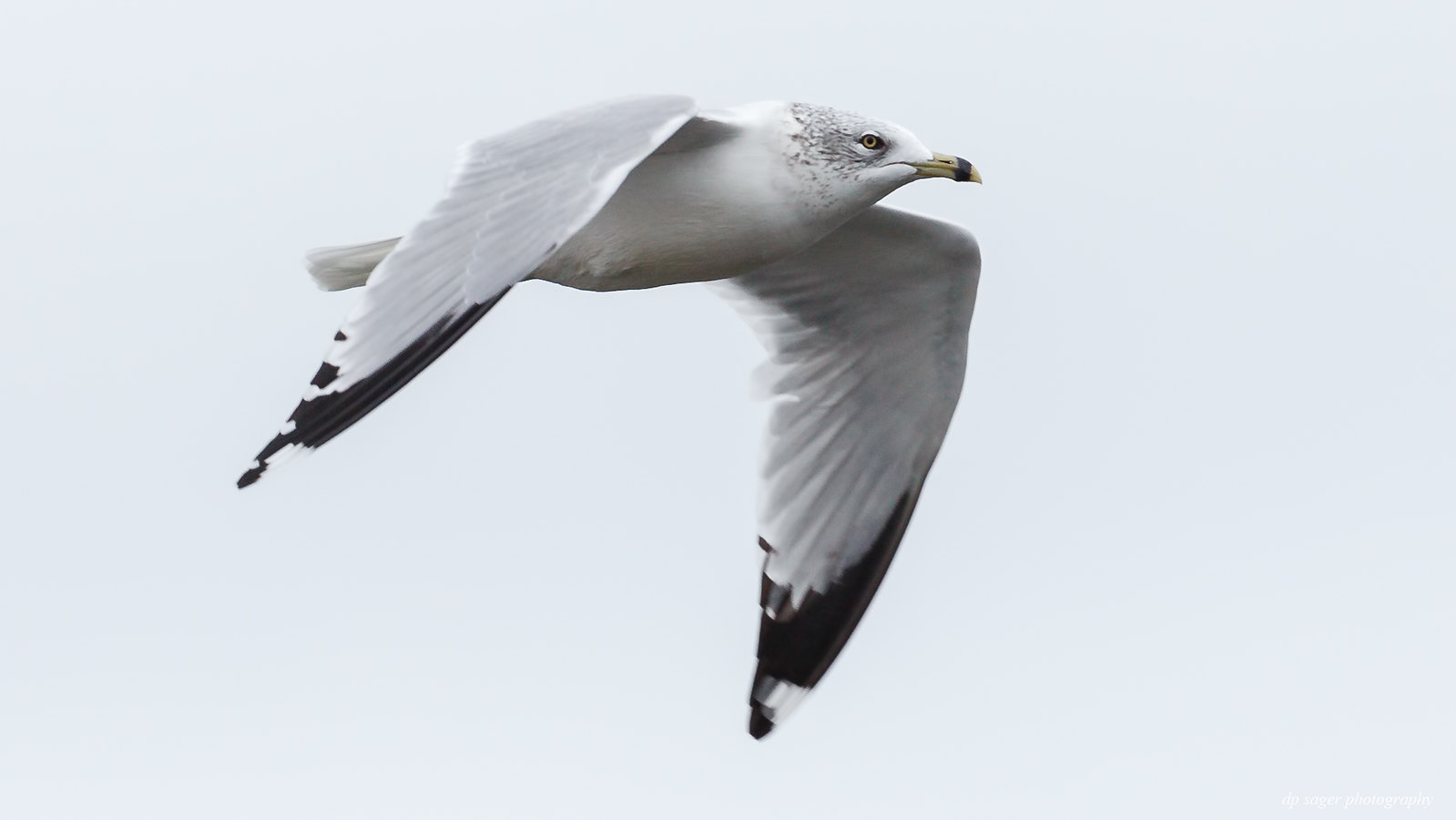Birds at Florida's St. Marks NWR
Dec 11, 2019 08:21:06 #
compilot
Loc: ARIZONA
Very nice set. Your 300 lens with doubler did a great job, just wondering, did you use a gimbal?
Dec 11, 2019 08:38:15 #
Thank you DaveJ, compilot! Yes, all these images are from a tripod with side-mount RRS gimbal head. If I have room and time (like the 2+ hours covering these images), a tripod is a much better way to go. The 300 + extender combo is every handholdable, see my Oshkosh posts. But still, offloading the weight to a tripod is the better approach.
Dec 11, 2019 08:39:11 #
Thank you rmm0605, Nalu! The number of times I had birds fly off while trying to get close and set-up was much more often than not. The tricolor didn't seem to mind. I wish its success with a fish or crab in this stretch had come out sharper to make it through culling. Glad you enjoyed.
Dec 11, 2019 08:46:44 #
Another one of you great photo series. I have never looked at anything you have posted and not been amazed with your prowess, whether birds, BIF, AIF (aircraft in flight), the zoo, etc. Always exceptional and well documented.
Dec 11, 2019 10:01:00 #
Dec 11, 2019 10:02:21 #
CHG_CANON wrote:
Thank you Geffory! The very next day at St Marks was bright (cooler) sun, alas I was later in the day to the same spot by the lighthouse and missed the low tide feeding. From the Ponce Preserve later in the trip, I found a Reddish Egret hunting in the ocean, a bird I had never seen before and needed to look up. It will be weeks / months to work through the results. I sent off 7 rolls of film for processing at the end of the trip too.
If the Reddish Egret is the bird I am thinking you saw they are quite interesting, they dance and jump as they hunt while twisting themselves into all kinds of contortions, they can put on quite a show. I live in Port Orange and have a small Boston Whaler that I bought just for my dog and my cameras, unfortunately I have gotten little use out of it because of other commitments but the few times I have been able to get out in the river I have gotten to see birds that I would not normally encounter from the shore. The birds roost on the small mangrove islands that dot the river.
Dec 11, 2019 10:04:10 #
Dec 11, 2019 10:20:17 #
Dec 11, 2019 10:34:30 #
Dec 11, 2019 11:06:42 #
CHG_CANON wrote:
St. Marks National Wildlife Refuge is one of the o... (show quote)
Excellent pics and text of one of my most favourite places in Florida. Brings back many pleasurable memories. Hopefully we will get back in the near future. A place with a large assortment of birds that usually is not real crowded like some of the more southern Wildlife Refuges especially in the winter season. If you get a chance to return in the future along with St-Marks take a look at Bald Point State Park near Alligator Point. It is usually very quiet with a very good assortment of both shorebirds and seabirds that can be approach quite closely. Seen and gotten excellent pics of Pelicans, Oystercatchers, Plovers, Mergansers and the like.
And to finish a enjoyable day with the camera with a meal of ribs at Hamaknockers at Medart or a plate of fresh shrimp at Posey’s in Panacea only doubled ones pleasure.
Again thanks for the posting and am waiting with anticipation for more of the same.
LittleRed (Ron)
Dec 11, 2019 11:15:53 #
I always enjoy your posts Paul. Thanks for sharing these wonderful shots and information.
Dec 11, 2019 12:15:40 #
Dec 11, 2019 12:23:03 #
Always interesting, educational and beautifully photographed.
Dec 11, 2019 12:24:02 #
Paul, I have yet to see a genre that you don't rock. Great set and once again thanks for the detailed descriptions 👍
Dec 11, 2019 16:05:06 #
If you want to reply, then register here. Registration is free and your account is created instantly, so you can post right away.
















